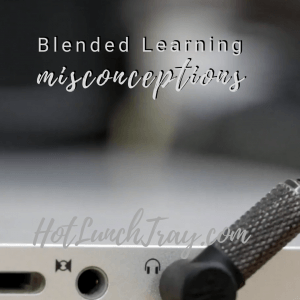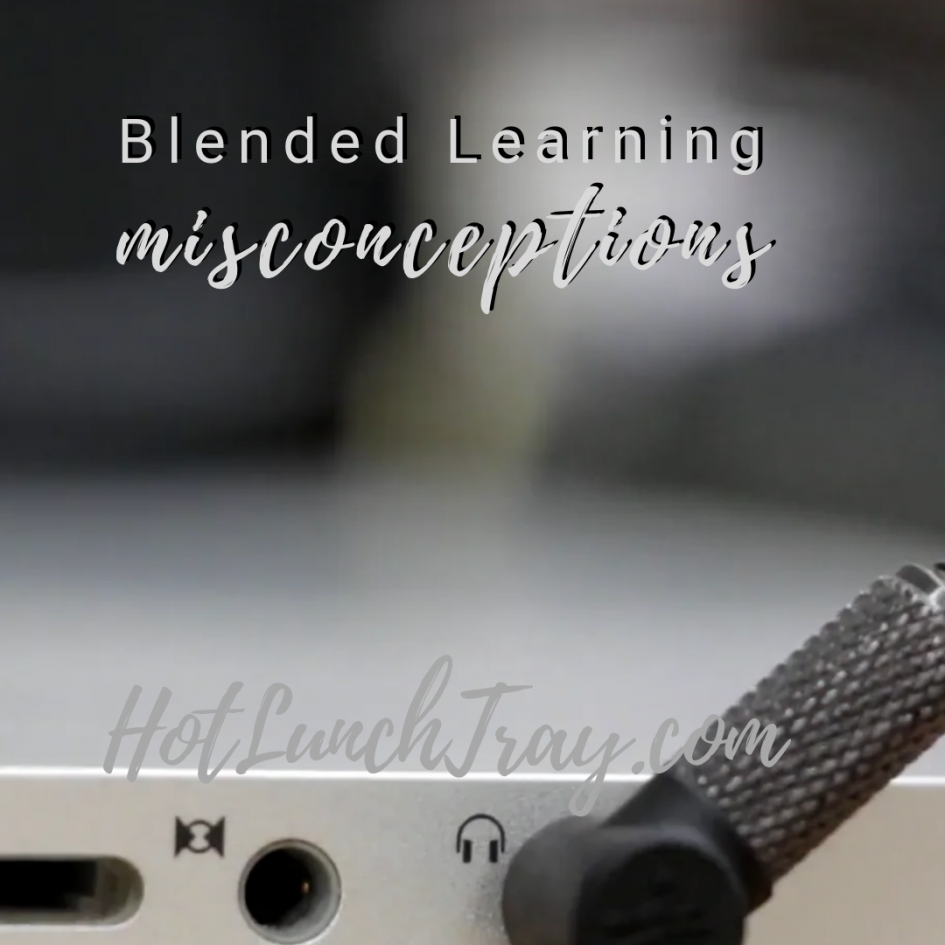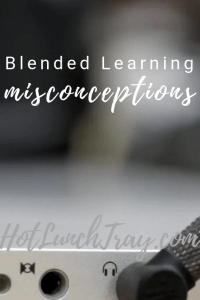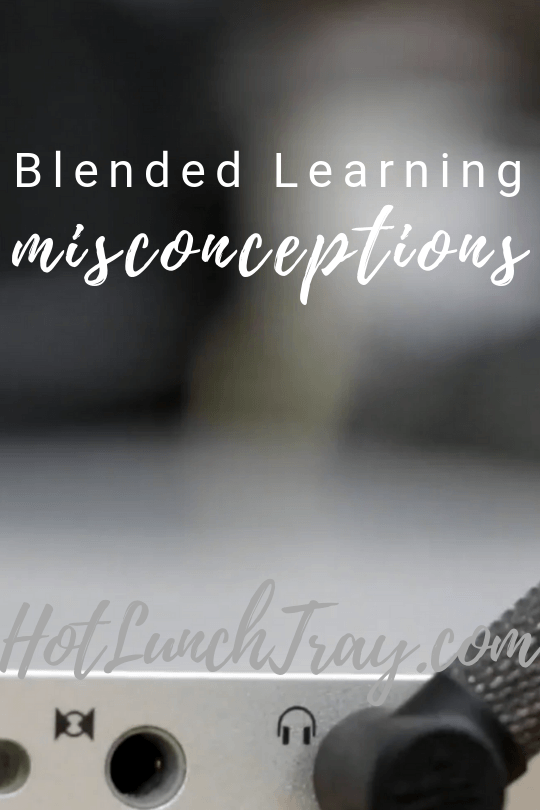The term Blended Learning has been overused by educational technology vendors. And it has been used too broadly by educators. It has been used inaccurately by many. As a result, many teachers are suffering because of the misconceptions which accompany this term.
- Blended Learning is not just adding technology.
 In fact, the difference between Blended Learning and Technology Integration is crucial to dispel these misconceptions. Educators already use technology in classes. Teachers should not expect by adding technology to classroom instruction anything different happens; some intentionality has to happen with how technology is meaningful and used with students to expect any change. Check out both: Tech Integration vs. Blended Learning & Does Tech Integration Versus Blended Learning Matter?
In fact, the difference between Blended Learning and Technology Integration is crucial to dispel these misconceptions. Educators already use technology in classes. Teachers should not expect by adding technology to classroom instruction anything different happens; some intentionality has to happen with how technology is meaningful and used with students to expect any change. Check out both: Tech Integration vs. Blended Learning & Does Tech Integration Versus Blended Learning Matter? - Blended Learning does not happen during a lesson, it happens during planning.
The intentional integration of a strategy of Blended Learning has to be planned out. The amount of online content to include in the overall content is important. During planning, expect also to plan what content to create online components for integration next. Practitioners can either identify one strategy to apply throughout all facets of instruction or look for the small changes which an offer the most change in instruction. - Blended Learning is not SAMR, not even TPACK.
Blended Learning is a meta-strategy, a strategy which makes other strategies possible. Blended Learning is a long-term teaching strategy for how you instruct your class. it is not lesson-based, but course/classroom/teacher-based; it is not SAMR. While analyzing individual lessons for how well the technology did or did not make a lesson more meaningful for learners, the return on investment of SAMR does not compare to Blended Learning.
TPACK is a more appropriate model for Blended Learning as it makes the importance of content and pedagogy as considerable as technological knowledge. However, both SAMR and TPACK concentrate on teacher decisions, and Blended Learning is about offering choices to students. Blended Learning intentionally offers choices in the way in which students learn – the time. place, pace, and a path to their learning.
Blended Learning is not just about adding technology, it is not something which happens without intentional teacher planning, and it is more than SAMR or TPACK. The more educators discuss these misconceptions and talk about what they want Blended Learning to offer their learners, the better our classrooms will be.








Leave a Reply